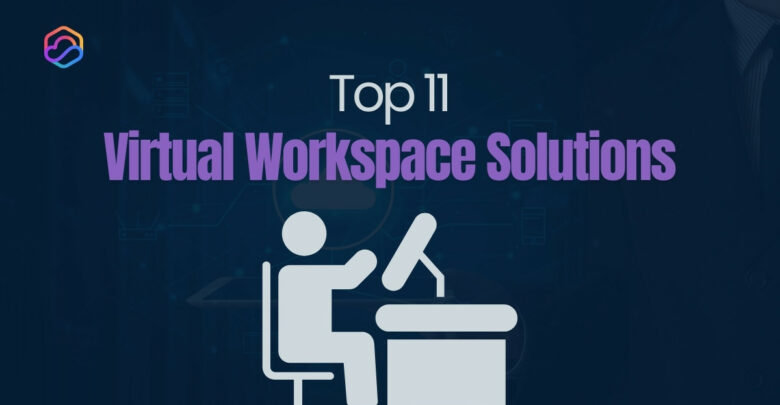
The modern workplace is no longer confined to physical offices. In 2025, businesses are embracing virtual workspaces to support hybrid
Explore Windows 10/11 virtual desktops
Real-World Applications of flexidesktop
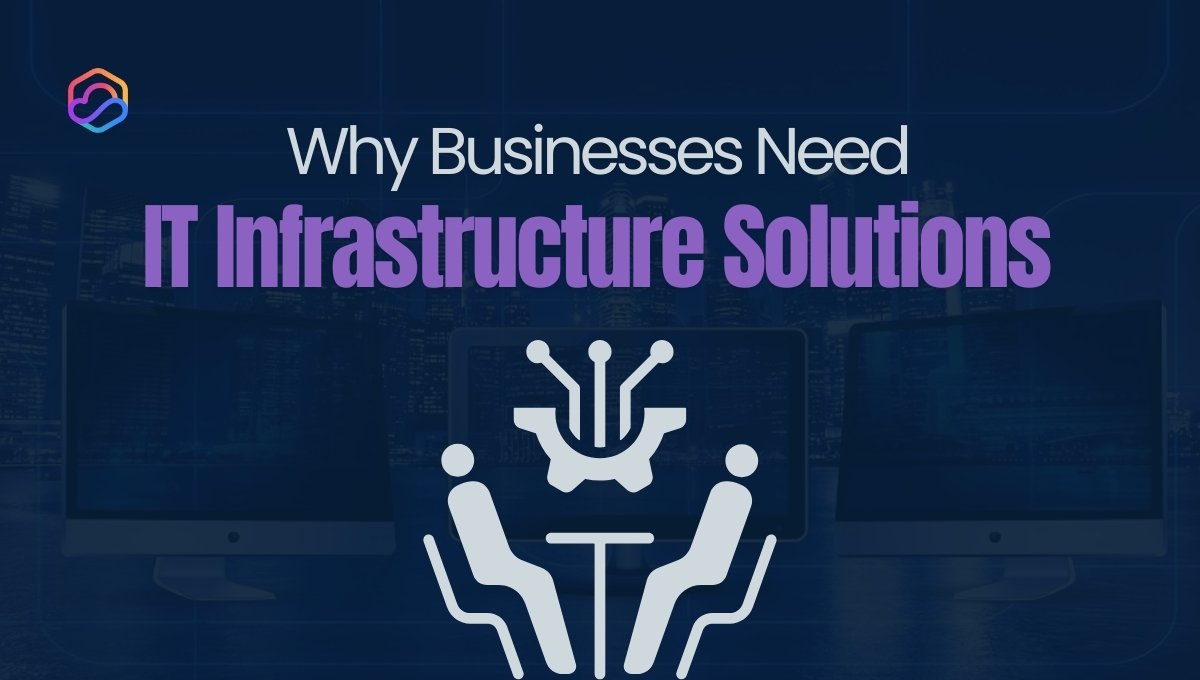
Imagine your business grinding to a halt due to a server failure, cyberattack, or outdated technology. These risks are real for companies without robust IT infrastructure. To remain competitive, businesses need adaptable and secure infrastructure to prevent downtime, protect data, and enable growth. Let’s explore how modern IT infrastructure solutions address key business needs.
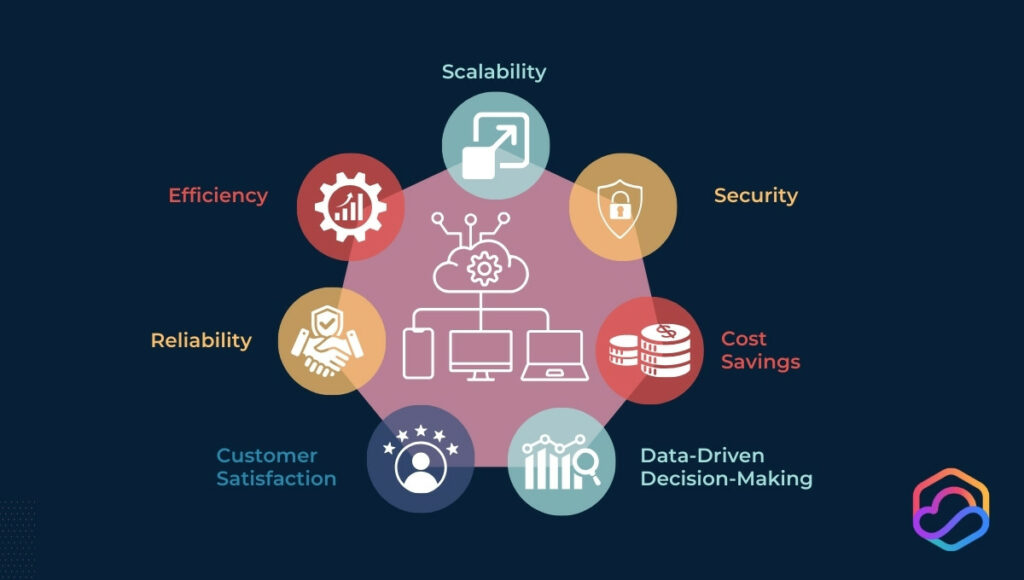
Growing businesses require scalable infrastructure to prevent performance bottlenecks, system crashes, and operational downtime.
A scalable network infrastructure and server management system can:
Hybrid cloud strategies and scalable infrastructure services ensure businesses can adjust resources as needed without large capital expenditures.
Inefficient systems lead to performance issues, downtime, and wasted resources. IT solutions help streamline operations and maximize productivity.
Efficiency improvements include:
Managed services provide real-time infrastructure monitoring, IT support, and system optimization, keeping critical business functions operational.
Reliability ensures uninterrupted service delivery and customer satisfaction. High availability systems, combined with IT risk management, mitigate operational risks.
Critical reliability components include:
Service level agreements (SLAs) enforce high performance standards, ensuring business continuity and minimal service interruptions.
With cyber threats on the rise, businesses need advanced security protocols to safeguard sensitive data, comply with regulations, and prevent unauthorized access.
Security measures include:
Cloud security solutions, encryption protocols, and infrastructure as a service (IaaS) providers offer scalable security features tailored to enterprise needs.
A reliable and high-performing IT infrastructure enhances user experience by minimizing delays and ensuring secure, seamless interactions.
Key benefits include:
Improved user experience, driven by infrastructure performance metrics, translates into greater loyalty and customer retention.
Modern businesses rely on data-driven strategies for competitive decision-making. IT infrastructure supports real-time analytics, business intelligence, and demand forecasting.
Data management solutions provide:
These insights empower businesses to make informed decisions, optimize performance, and improve their technology stack.
A modern IT infrastructure reduces costs by shifting from CapEx-heavy investments to scalable pay-as-you-go services.
Cost-saving strategies include:
IT automation, performance monitoring, and managed services further optimize operational expenses, improving financial performance.
Find out which one is best? PC vs VDI with indetail cost comparison.
A strong IT infrastructure is essential for businesses to scale, secure operations, and maintain performance. flexidesktop is a strategic solution for SMEs, developers, and 3D architects. It provides scalable, cloud-based resources without the need for extensive on-premises hardware.
Developers gain secure access to powerful compute environments, while 3D architects can efficiently handle graphics-intensive tasks with GPU-accelerated desktops. SMEs reduce capital expenses and streamline operations by scaling resources on demand.
Ready to enhance your IT infrastructure? Contact us to learn how our virtual desktop solutions can transform your business.
The different types of IT infrastructure solutions can help businesses choose the right approach based on their specific needs. These include:
On-Premises IT Infrastructure: All IT resources are hosted and managed within a company’s physical location.
Hyper-Converged IT Infrastructure: A fully integrated system that combines compute, storage, and networking into a single platform.
Cloud-Based IT Infrastructure: IT resources are hosted in the cloud, offering flexibility and scalability through a pay-as-you-go model.
Hybrid IT Infrastructure: A combination of on-premises and cloud infrastructure, designed to balance performance, security, and cost-efficiency.
A robust IT infrastructure consists of several key components, each playing a crucial role in supporting business operations and technology solutions. These components include:
Hardware: Physical equipment such as servers, computers, and storage devices.
Software: Applications and operating systems that support business operations.
Networking: Routers, switches, and other devices that enable communication between systems.
Data Centers: Facilities for housing IT infrastructure, ensuring secure and reliable operations.
Cloud Services: Remote infrastructure and platforms provided by cloud providers.
Security Systems: Measures to protect data and systems from cyber threats.
IT Management Tools: Platforms that monitor, manage, and maintain IT infrastructure.
Choosing the right IT infrastructure is critical to meeting both current and future business needs. Consider these key factors to guide your decision:
Business size and industry.
Growth projections and scalability needs.
Budget and cost considerations.
Security and compliance requirements.
Remote work and collaboration needs.

The modern workplace is no longer confined to physical offices. In 2025, businesses are embracing virtual workspaces to support hybrid
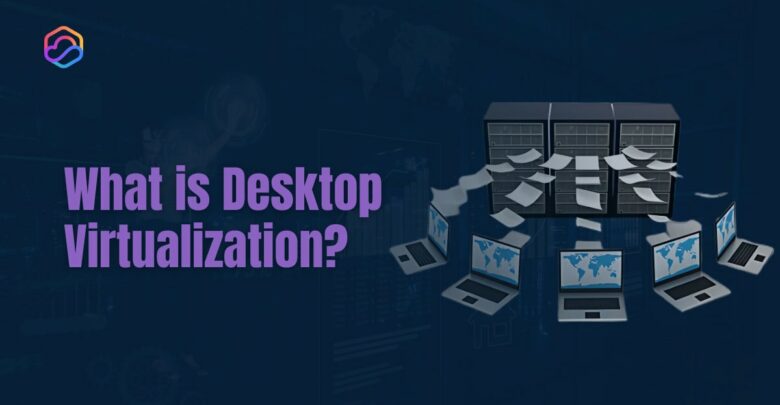
Desktop virtualization is a technology that allows businesses to run desktop environments on centralized servers or in the cloud, rather

A thin client is a compact, low-power computing device that depends on a centralized server for most of its processing

Application virtualization is a technology that decouples software applications from the underlying operating system, enabling them to run in a
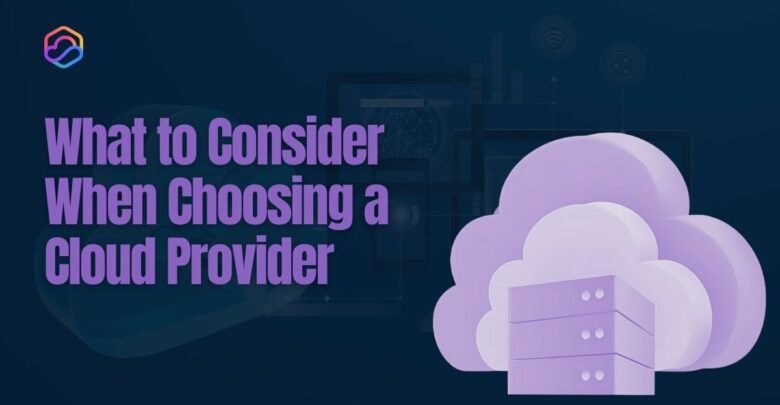
Deciding what to consider when choosing a cloud provider is crucial for businesses looking to optimize operations and drive long-term
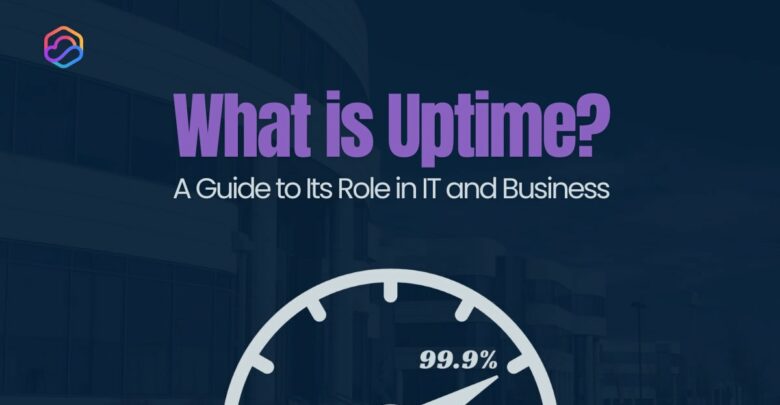
Uptime is a critical metric that measures the reliability and availability of IT systems, networks, and services. It represents the
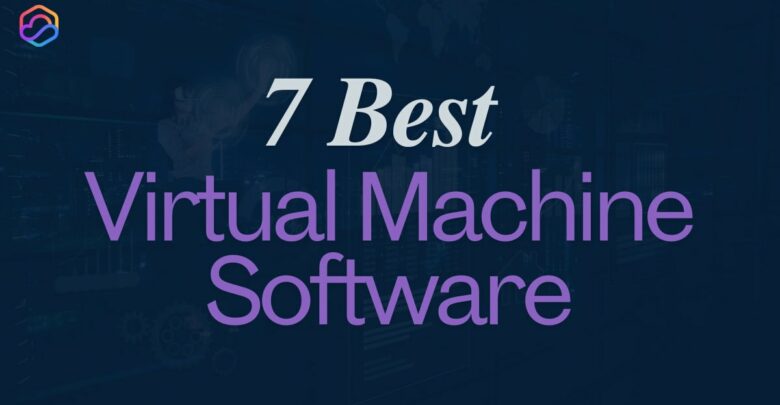
The best virtual machine software makes setting up and running virtual environments on your PC or laptop easy. Virtual machines

VMware is a giant in the virtualization market, offering businesses a reliable platform to create and manage virtual machines. However,
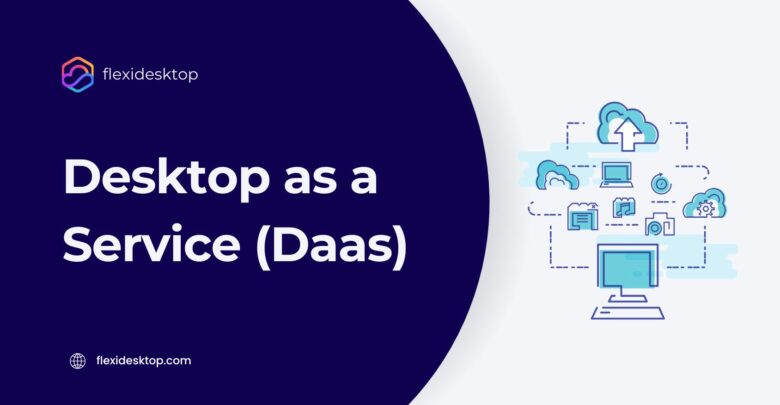
The modern workforce demands flexibility, and Desktop as a Service (DaaS) delivers exactly that. DaaS allows your team to securely

